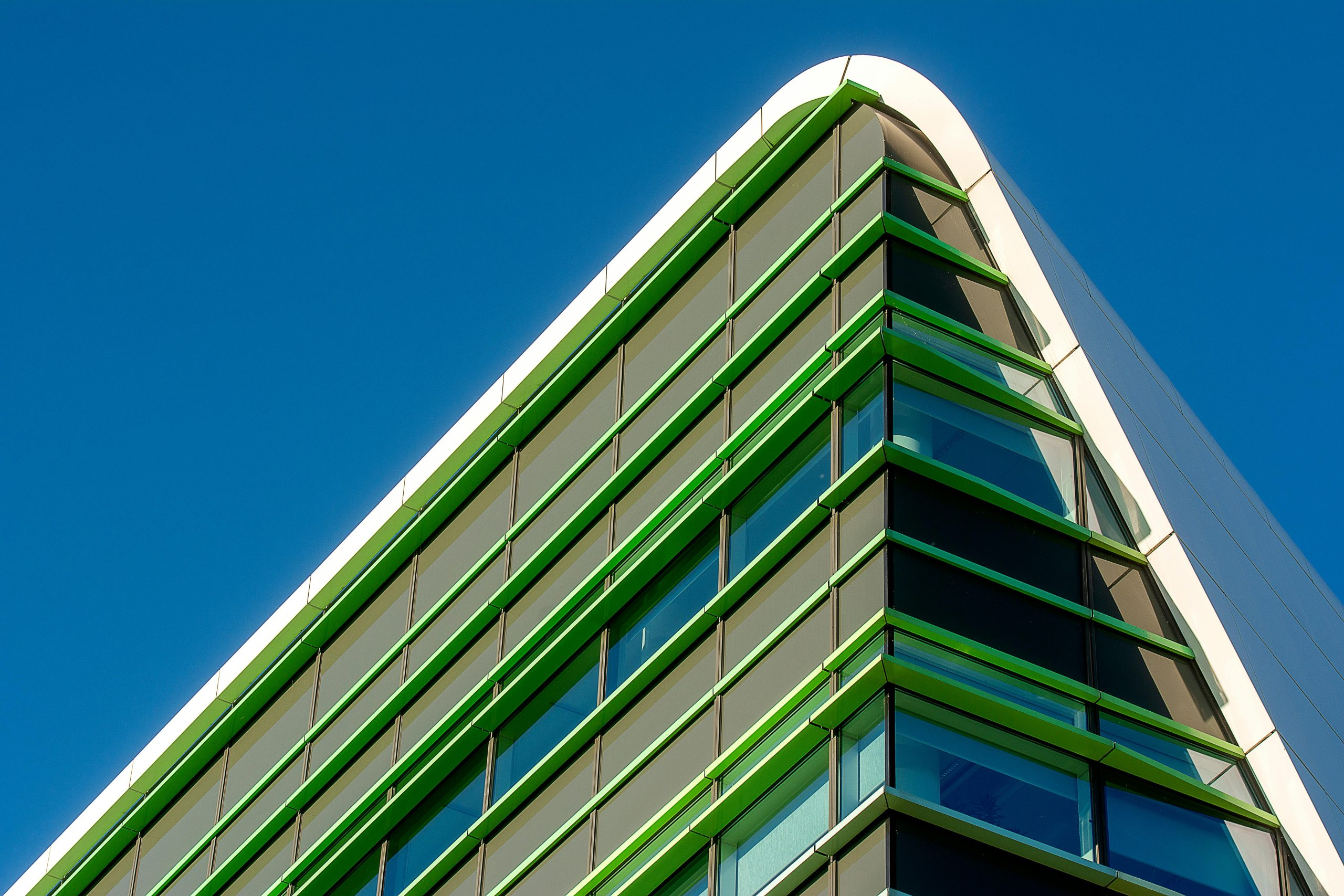Urban Aesthetics: The Rise of Sustainable Design
Urban aesthetics, or the design and style of cities, has seen a significant shift towards sustainability in recent years. With the increasing awareness of the impact of climate change and the need for more environmentally friendly practices, sustainable design has become a key consideration in shaping the aesthetic of our urban environments. In this article, we will delve into the rise of sustainable design and its impact on urban aesthetics. From green spaces to eco-friendly architecture, explore how cities are embracing sustainability and redefining what it means to be aesthetically pleasing in the 21st century.
The Importance of Sustainable Design in Urban Environments
The concept of sustainability is not a new one, but it has gained considerable momentum in recent years. The United Nations’ 2030 Agenda for Sustainable Development and the Paris Agreement have highlighted the urgent need for sustainable practices to minimize the adverse effects of climate change. As the population shifts increasingly towards urban areas, the responsibility falls on cities to reduce their carbon footprint and create more environmentally friendly living spaces.
One of the most significant challenges facing cities today is finding a balance between functionality and aesthetics. While aesthetics have often been prioritized in urban planning and design, sustainability must now be a crucial factor in the decision-making process. This shift has sparked a movement towards sustainable design, with a focus on creating livable, energy-efficient, and carbon-neutral cities.
Green Spaces and Urban Greenery
Incorporating green spaces into urban environments is one of the most visible ways cities are embracing sustainable design. These green spaces not only add to the beauty of the cityscape, but they also provide numerous environmental benefits. They help purify the air and manage stormwater, reducing the urban heat island effect and improving air quality. Green spaces also contribute to a sense of community and promote a healthier lifestyle, with opportunities for recreation and relaxation.
As people become more conscious of their impact on the environment, green spaces have also become increasingly popular. In response, cities are creating more parks, gardens, and green roofs. For instance, New York City’s High Line, a former elevated railway transformed into a public park, has become a popular spot for locals and tourists alike. With cities becoming more densely populated, incorporating green spaces is a crucial step in creating a healthier, greener, and more livable environment for urban dwellers.
Eco-Friendly Architecture
Architecture has a significant influence on urban aesthetics and plays a crucial role in promoting sustainable design. The construction sector is one of the biggest contributors to carbon emissions, making sustainable architecture an essential aspect of urban sustainability. From design to materials and technologies used, eco-friendly buildings aim to reduce their environmental impact and carbon footprint.
Cities are increasingly embracing sustainable architecture, with many incorporating features such as solar panels and green roofs into their buildings. For example, the Bosco Verticale in Milan, Italy, is a pair of residential towers covered in over 900 trees and 2000 shrubs, contributing to air purification and providing a source of biodiversity in the urban landscape. Not only does this promote sustainability, but it also adds to the overall aesthetic of the city.
The Role of Technology in Sustainable Urban Design
Technology is also playing a significant role in the rise of sustainable design in urban environments. From artificial intelligence to the Internet of Things (IoT), cities are implementing smart technologies to improve energy efficiency and reduce waste. Smart energy grids, for instance, use sensors and data analytics to optimize energy use and reduce consumption.
Additionally, technology has enabled the development of eco-friendly transportation, further contributing to sustainable urban design. Electric vehicles, bike-sharing schemes, and better public transportation options are all examples of technological advancements promoting sustainable mobility in cities.
The Future of Sustainable Urban Design
The rise of sustainable design in urban aesthetics is an ongoing process, and the future looks bright. With innovative solutions, technology, and a growing global movement towards sustainability, cities are redefining their look and feel. From green spaces to eco-friendly architecture and smart technologies, cities are transforming into more than just concrete jungles. They are becoming sustainable, livable spaces that prioritize the well-being of both their residents and the environment.
In Conclusion
The rise of sustainable design has fundamentally changed the way we approach urban aesthetics. It is no longer just about creating beautiful buildings and infrastructure but also about minimizing our environmental impact and creating a more livable, sustainable future. As cities continue to evolve and adapt, we can expect to see more innovative and sustainable solutions that prioritize both beauty and the environment in our urban environments.











